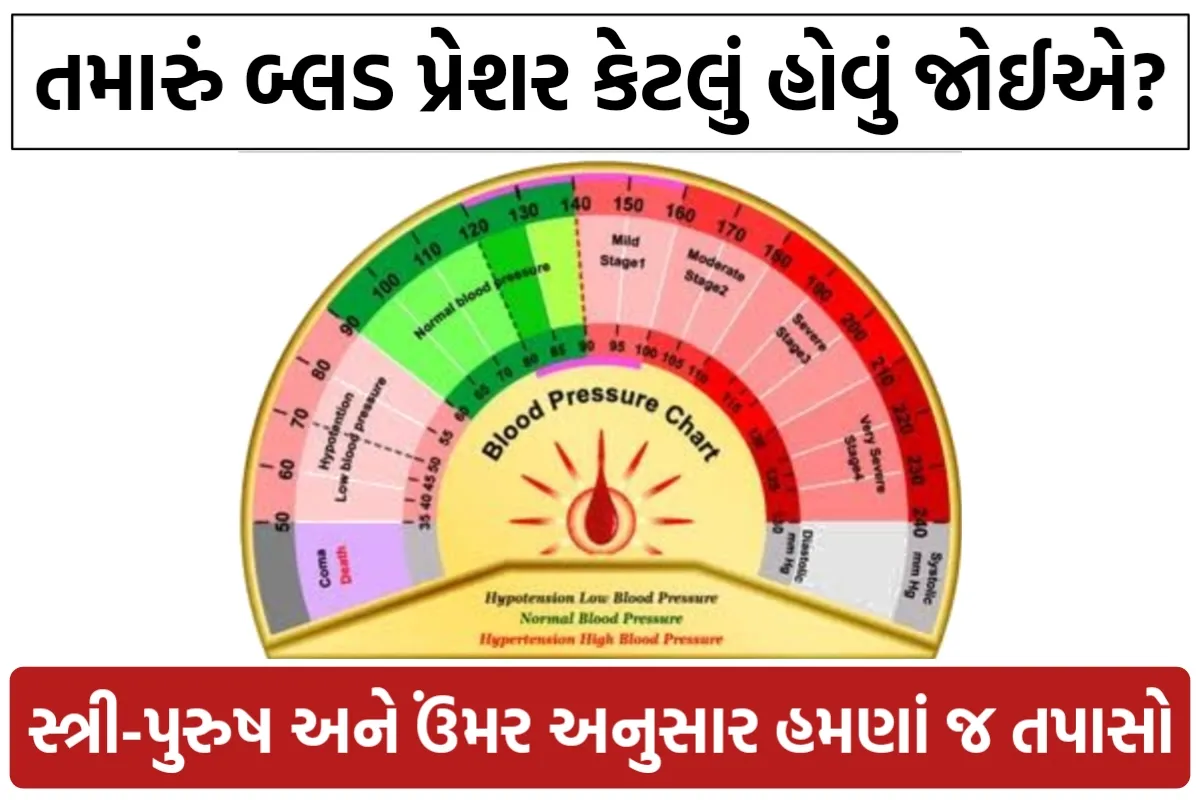The American College of Cardiology and the American Heart Association divide blood pressure into four general categories. Ideal blood pressure is categorized as normal. Increased blood pressure may be categorized as elevated, stage 1 or stage 2 depending on the specific numbers.
To get an accurate blood pressure measurement, your health care provider typically considers the average of two or more blood pressure readings from three or more office visits. An accurate measurement determines what kind of treatment you may need.
Here’s a look at the four blood pressure categories and what they mean for you. If your systolic and diastolic readings fall into two different categories, your correct blood pressure category is the higher category. For example, if your blood pressure reading is 125/85 millimeters of mercury (mm Hg), you may have stage 1 hypertension.
This blood pressure chart can help you figure out if your blood pressure is at a healthy level or if you’ll need to take some steps to improve your numbers.
A total blood pressure reading is determined by measuring the systolic and diastolic blood pressures.
- Systolic blood pressure, the top number, measures the force the heart exerts on the walls of the arteries each time it beats.
- Diastolic blood pressure, the bottom number, measures the force the heart exerts on the walls of the arteries in between beats.
A blood pressure measurement over 180/120 mm Hg is called a hypertensive emergency or crisis. Seek emergency medical help for anyone with these blood pressure numbers.
If you are an adult with a 10% risk of developing cardiovascular disease in the next 10 years, or if you have chronic kidney disease, diabetes or coronary artery disease, your treatment goal is typically less than 130/80 mm Hg. If you’re a healthy adult age 65 or older, your treatment goal also is usually less than 130/80 mm Hg.
If your blood pressure is OK, maintaining or adopting a healthy lifestyle can prevent or delay the onset of high blood pressure or other health problems. If your blood pressure is high, a healthy lifestyle — oftentimes along with medication — can help bring it under control and reduce your risk of life-threatening complications.
| Top number (systolic) in mm Hg | And/or | Bottom number (diastolic) in mm Hg | Blood pressure category* | What to do† |
|---|---|---|---|---|
| Below 120 | and | Below 80 | Normal blood pressure | Maintain or adopt a healthy lifestyle. |
| 120-129 | and | Below 80 | Elevated blood pressure | Maintain or adopt a healthy lifestyle. |
| 130-139 | or | 80-89 | Stage 1 high blood pressure (hypertension) | Maintain or adopt a healthy lifestyle. Talk to your provider about taking one or more medications. |
| 140 or higher | or | 90 or higher | Stage 2 high blood pressure (hypertension) | Maintain or adopt a healthy lifestyle. Talk to your provider about taking more than one medication. |
| Sources: American College of Cardiology; American Heart Association*Ranges may be lower for children and teenagers. Talk to your child’s care provider if you’re concerned that your child has high blood pressure.†These recommendations address high blood pressure as a single health condition. If you also have heart disease, diabetes, chronic kidney disease or certain other conditions, you may need to treat your blood pressure more aggressively. | ||||
